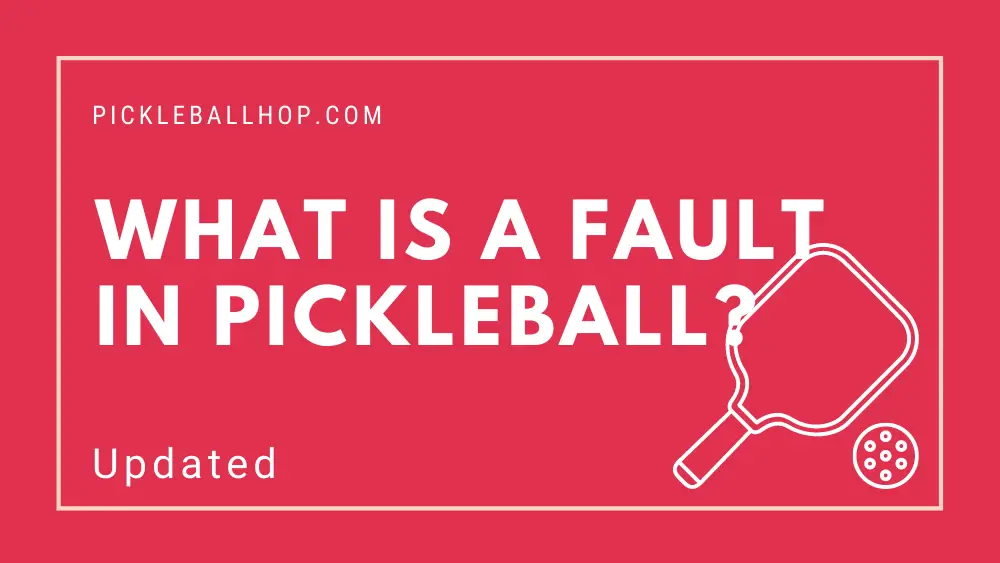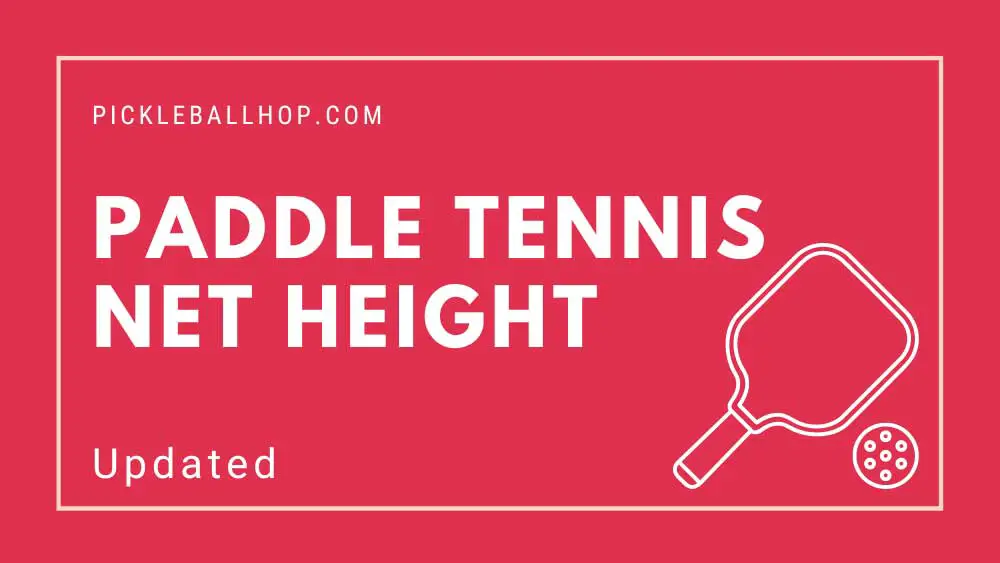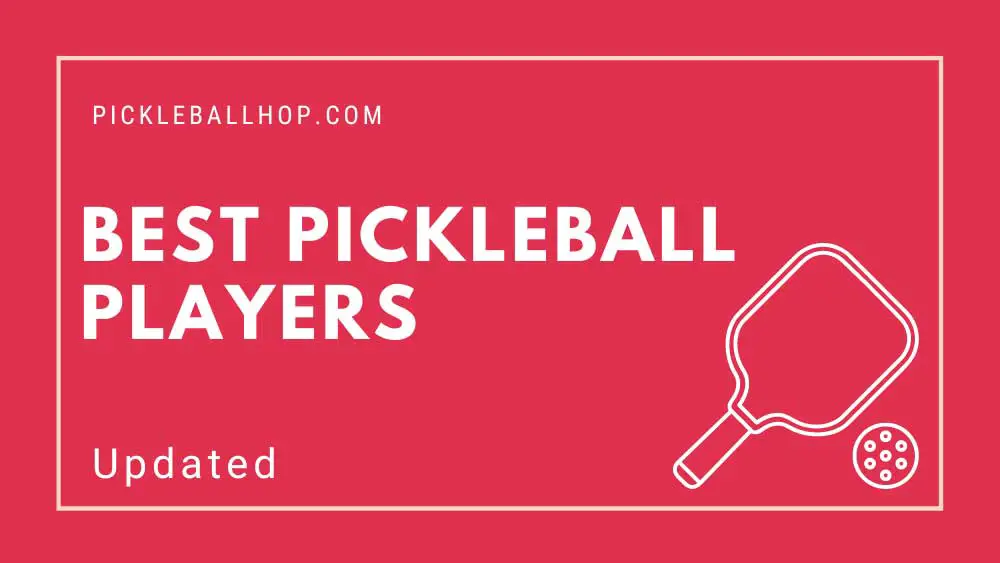Pickleball uses a system of scoring known as “side out scoring,” meaning you can only score points when serving.
Pickleball players may decide to switch to “Pickleball Rally Scoring” in the near future. In rally scoring, every rally is scored regardless of who serves the pickleball.
Pickleball rally scoring has both pros and cons. There are general arguments for rally scoring, including: (1) faster, more exciting games; (2) more predictable game times, which is important for marketing and reaching a wider audience; (3) simpler or easier to understand for beginners or newcomers; (4) more accurate ratings of players because every point counts; and (5) better gambling formats, which some believe are important to increasing the sport’s popularity.
In general, rally scoring is opposed by the following arguments:: (1) changing the scoring system may change the essence of pickleball and/or result in unfair outcomes; (2) It can be confusing if a team can score a point when on “defense” (i.e., serving), which could mean the team is scoring when on “defense” (i.e., receiving); (3) changing the scoring system may be confusing at this point in the sport’s evolution; (4) Underdogs are encouraged to come back (the final point will be scored based on side out (see below)); and (5) pickleball strategy may change (e.g., stacking may be less necessary, so “unwinding” the stack may no longer be necessary).
Pickleball scoring formats are being researched further. A committee has been established by USA Pickleball to study the effects of rally scoring. Nonetheless, Major League Pickleball’s weekly show “Pickleball Night in America” may provide an opportunity to test the effects of Pickleball Rally Scoring.
You may enjoy reading Best Pickleball Paddles For Tennis Elbow
So, How Does Rally Scoring Work in Pickleball?
 Pickleball Rally Scoring can be implemented in a few different ways. Several Major League Pickleball events utilize the same rally scoring format as this pickleball blog.
Pickleball Rally Scoring can be implemented in a few different ways. Several Major League Pickleball events utilize the same rally scoring format as this pickleball blog.
- You can use any fair method (e.g., picking a 1 or 2, flipping a coin, rock-paper-scissors, etc.) to determine which team will serve, receive, pick the end of the court, or defer.
- Pickleball teams are divided into two teams based on which side they want to start on (left side or right side). Following this, each partner stays on their respective sides for the duration of the game. In the event of a timeout or end change, a team may switch sides of the pickleball court.
- The game will be started by the team that serves first. Serves will be made by the player on the right side of the court (crosscourt service).
- A point is earned by the serving team if it wins a rally. The serving team continues to serve if it wins the rally. But both players should stay on their respective sides of the court while serving (remember, both players serve at the same time). As soon as the players lose a rally, the serve alternates between the left-hand side and the right-hand side of the court (without they changing positions).
- Receiving teams win points if they lose rallies and serve if they lose rallies. There is no second server (so there will only be two numbers on the scoreboard – the score of the serving team and the score of the receiving team – and no third number for server number).
- It is determined by the score of the serving team which player will serve on a team. It is the player on the right-hand side of the court who serves if the score is equal. Players on the left side of the court serve if the score is odd. The receiving team gains a point if it wins a rally, for example, if the score is 0-0. Now that the receiving team is leading 1-0, the left-side player will serve.
- After a team reaches 11 points, the pickleball court will change ends.
- Win by 2 points if the first team reaches 21 points. The serve is the only way to score points after the 20th point.
- Unless there is a timeout or an end change, players will remain on their respective sides throughout the entire game (left or right). Regardless of who serves, every rally earns points (except the final point, which is won only if the serving player serves). A point is awarded to the team that wins the rally. As long as the serving team won the point, the players alternated serves until the serving team lost the point or rally. Based on the score of the serving team, the player who serves goes to the receiving team. After the 20th point, only the serve may be used to score the final point. Win by two points to the first team to reach 21 points!
You can also read the guide on Best Gamma Pickleball Paddles here. Have you ever tried rally scoring? How do you feel about this? Please let us know what you think about Pickleball Rally Scoring in the comments!



